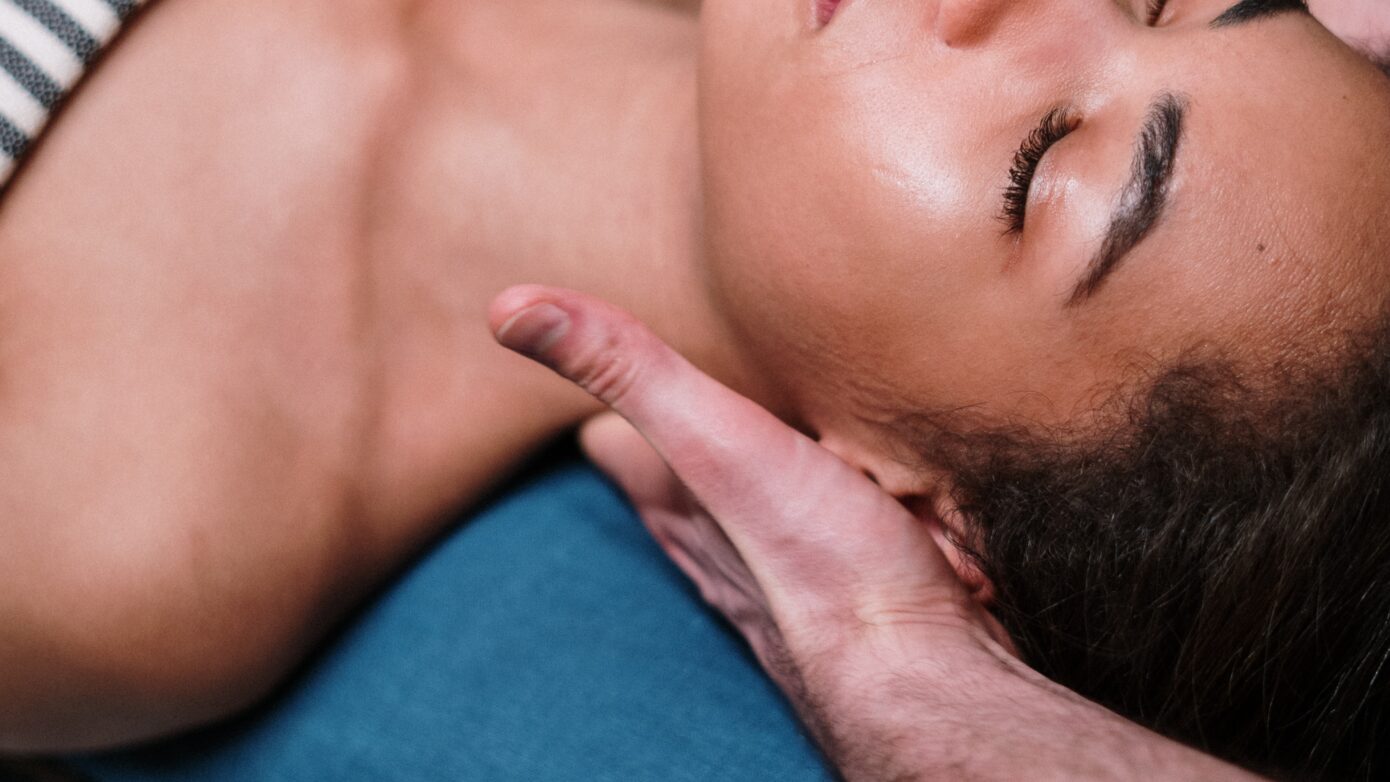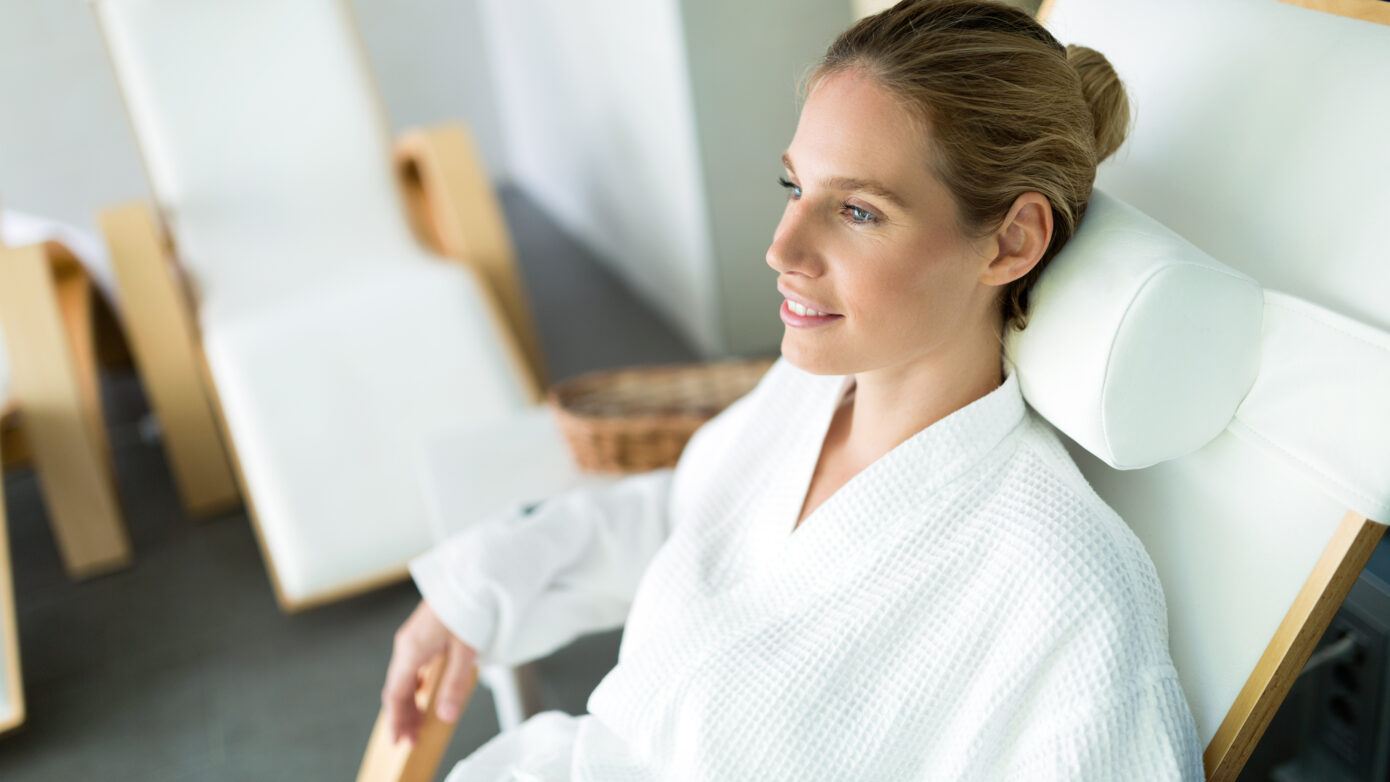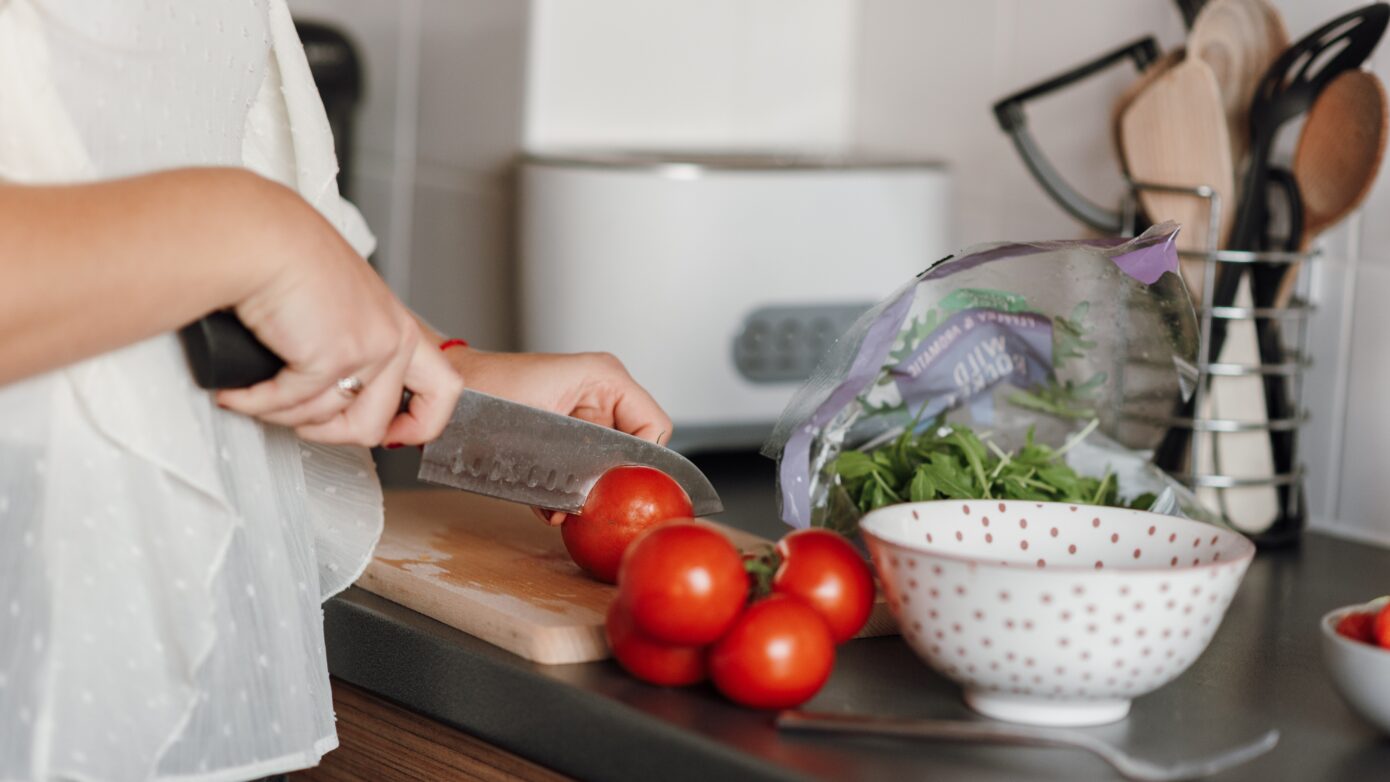by Lizzy Hill
Sourced from SheKnows
After a night of hitting the sake a little too hard in a Tokyo alleyway aptly nicknamed “drunkard’s alley,” I woke up in my tiny hotel with one of the worst hangovers of my life. I was traveling with one of my best friends, who’d just woken up too — only annoyingly, he was bright-eyed and chipper that morning. Somehow, he appeared totally unaffected by the fact that we’d been pounding tall tumblers full of sake the night before, convincing ourselves we could speak Japanese to the unfortunate locals we crossed paths with.
“What do you want to do today!?” he said eagerly, rattling off a list of places we could walk to.
“I want to move as little as humanly possible,” I said bitterly. Seeing his crestfallen face and realizing that we had a limited number of days to explore Tokyo, I realized I had to get myself together. I was desperate and would try literally anything to murder this hangover, so I booked a lymphatic drainage massage at a Shibuya spa called Natura that promised to remove toxins from my body — and man did they ever deliver. As it turns out, lymphatic drainage massages were the best hangover cure I’d never heard of.
Generally, I don’t go for woo-woo promises about toxin elimination, but positive reviews online made me think that there might be something to lymphatic drainage massages. These massages are huge in Asia, but still haven’t become mainstream in North America, though people are increasingly aware of them with many hailing them as the reason French women allegedly don’t get cellulite. Though in my experience, they have way more important benefits (because honestly, I’m just so tired of caring about cellulite).
But first of all, what in the world is a lymphatic drainage massage? As it turns out, it’s a special massage technique that focuses on your lymphatic system and helps trigger the natural movement of lymph, a clear fluid that gives waste products a ride out of your body.
My massage therapist lightly pushed and stretched my skin with her fingertips, focusing a lot on places other massage therapists generally skip — where your lymph nodes are located — like my armpits, back of my knees, face and chest. Though it felt kind of weird at first to have someone poking and prodding at me, I quickly relaxed and actually fell asleep on the table. When the massage was over, I felt like a million bucks, was light-headed and was shocked to notice my morning-after face looked different as the massage actually reduced fluid retention. My puffy eyes were gone and my cheeks actually looked more chiseled. I felt miraculously fresh and ready to take on my day, despite the fact that I’d drank like a fish the night before.
The scientific world is just catching up to the health benefits of lymphatic drainage massage, but research into its effects on the body appears to take a positive bent. For instance, a study in The Journal of Neuroscience on 32 male subjects found that this form of massage “was effective in reducing the activity of the sympathetic nervous system.” Translation? Lymphatic drainage massage will calm you the eff down as it slows down the fight-or-flight part of your nervous system that triggers adrenaline when under stress.
Part of the reason you feel so crappy when you’re hungover is because your sympathetic nervous system goes into overdrive. When alcohol dials up your sympathetic nervous system, symptoms can include “increased systolic blood pressure, rapid heartbeat (i.e., tachycardia), tremor and sweating,” according to research by Dr. Robert Swift and Dr. Dena Davidson. And that’s just the physical symptoms!
The mental symptoms can include: “ dizziness; a sense of the room spinning (i.e., vertigo); and possible cognitive and mood disturbances, especially depression, anxiety and irritability.” So this could partially explain why I felt so ridiculously good after my lymphatic drainage massage, as my massage therapist was actually slowing down my overtaxed sympathetic nervous system.
Natura Spa also claims that their lymphatic drainage massages can boost blood flow and are great for those with poor circulation, and I totally believe it. As it turns out drinking to excess also messes with your blood circulation, and these negative effects can be seen in as little as two drinks. Dr. John Floras, director of cardiology research at the Peter Munk Cardiac Centre, studied the impacts of drinking on blood flow, and found that “two or more drinks would seem to turn on systems that stress the circulation.” But let’s be real here, sometimes most of us are going to have more than one glass of wine, and when we do, getting a lymphatic drainage massage that will help improve our circulation the next day may not be a bad idea.
That all being said, you should definitely avoid getting a massage if you’re still drunk, as most massage therapists seriously advise against doing that. And while a lymphatic drainage massage worked like a charm for me and cured my hangover, it’s important to be aware of what your own body needs. Communicate with your massage therapist if you are hungover and be sure to let them know if anything they’re doing feels uncomfortable in a bad way.
Of course, lymphatic drainage massages aren’t just for hungover messes — they can also help you stay healthy during cold and flu season, boost your immune system, help people who feel low energy, aid in your recovery from surgery and the list goes on. Why haven’t I been getting these my whole life?
If you don’t live in a big city or have extra cash to blow on massages, don’t fret! I was pleased to discover there are plenty of self-massage videos on YouTube for people hoping to try lymphatic drainage massages at home. So if you’re wondering what I’ve been up to lately, you’ll find me home curled up on the couch and self-massaging my lymph nodes while watching Mr. Robot — I highly recommend it!




